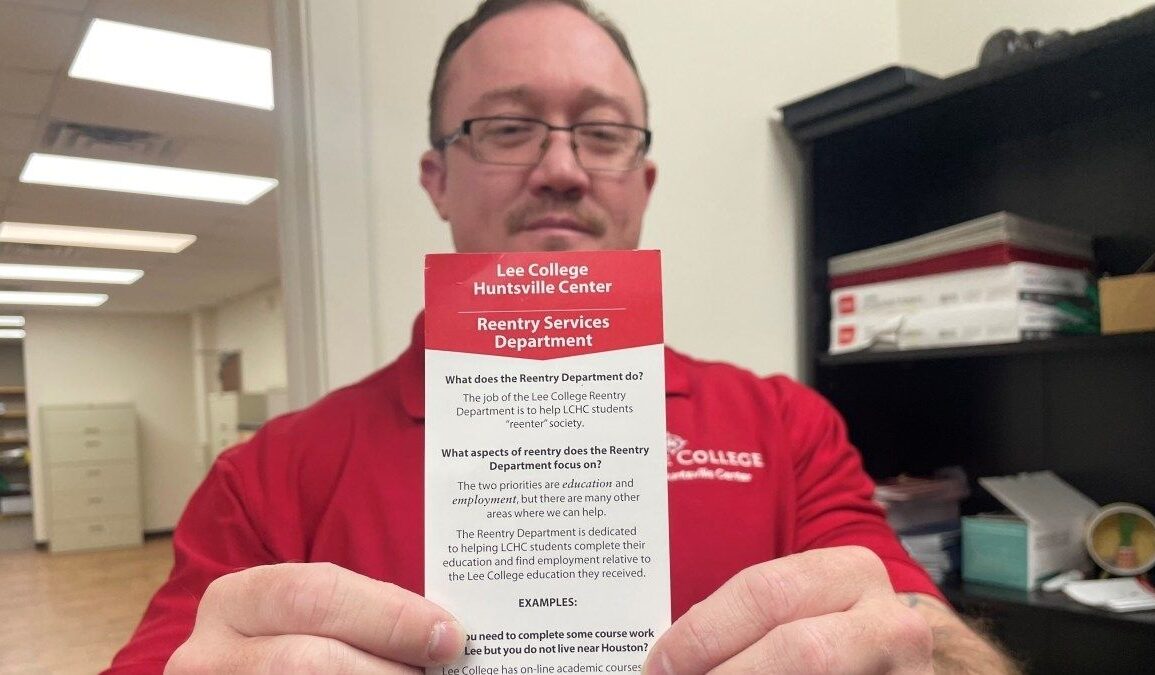
As colleges and universities across the United States gain approval from government agencies to start degree programs in prisons, a significant shift in access to higher education for incarcerated individuals is underway. This change comes after the full reinstatement of Federal Pell Grants for incarcerated students, a move set to transform the educational landscape within the prison system. Most of the roughly 600,000 people released from U.S. prisons annually exit without any college education, despite evidence indicating that higher education reduces recidivism, aids in job acquisition post-release, and contributes to safer prison environments. With new programs expected to launch in most states, the story of Amber Galvan, who pursued college courses in a Texas prison, highlights the profound personal and professional impact of these educational opportunities.
Breaking Barriers: Education Behind Bars
For many incarcerated individuals like Amber Galvan, access to higher education while serving time is a lifeline to rebuilding their lives upon release. Galvan’s journey through the criminal justice system, marked by a conviction for a domestic violence-related charge, led her to lose much, including contact with her children and her marriage. However, her participation in college courses on business management and logistics, offered through Lee College’s program for incarcerated students, equipped her with vital skills for her career post-release. Lee College, teaching around 1,200 incarcerated students each semester, exemplifies the transformative potential of educational programs in prisons, offering courses that prepare students for reentry into society with valuable qualifications and a renewed sense of direction.
Pell Grants: A Game Changer for Prison Education
The reinstatement of Federal Pell Grants for incarcerated students under a pilot program significantly expanded access to postsecondary education within prisons. Between 2016 and 2022, this initiative enabled at least 40,000 incarcerated students to pursue higher education, according to the Vera Institute of Justice. With the Pell Grant program now fully reinstated, an estimated 760,000 individuals are newly eligible for financial aid, promising a substantial increase in educational programs within prisons. Institutions like Lee College have witnessed firsthand the difference Pell Grants make, experiencing a notable surge in their incarcerated student population and setting a precedent for new and expanded programs across the country.
Looking Forward: The Future of Education in Prisons
The Department of Education’s approval of new degree programs, such as the communications degree at California State Polytechnic University for students at Pelican Bay State Prison, alongside the initial approval of additional colleges in Texas to offer classes, signifies a broadening horizon for prison education in the U.S. With plans for new programs or expansions in at least 43 states, the landscape of education for incarcerated individuals is poised for significant growth. This expansion not only offers a second chance to many like Amber Galvan but also addresses broader societal challenges by equipping individuals with the tools needed for successful reintegration into society, ultimately fostering safer communities and reducing recidivism.
This post was originally published on this site be sure to check out more of their content.









